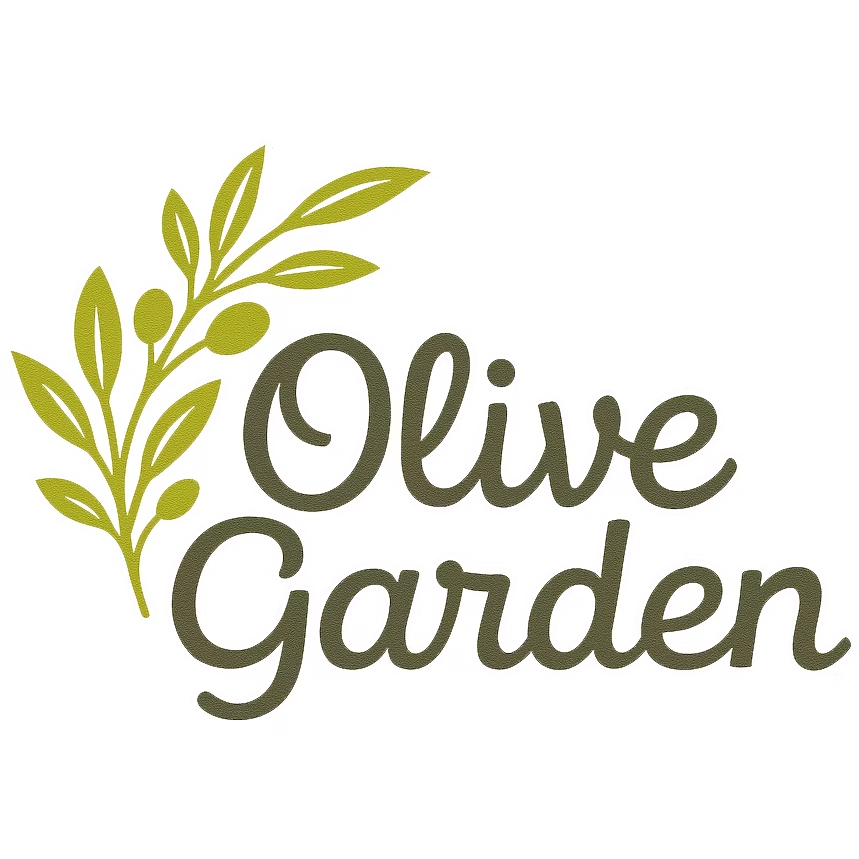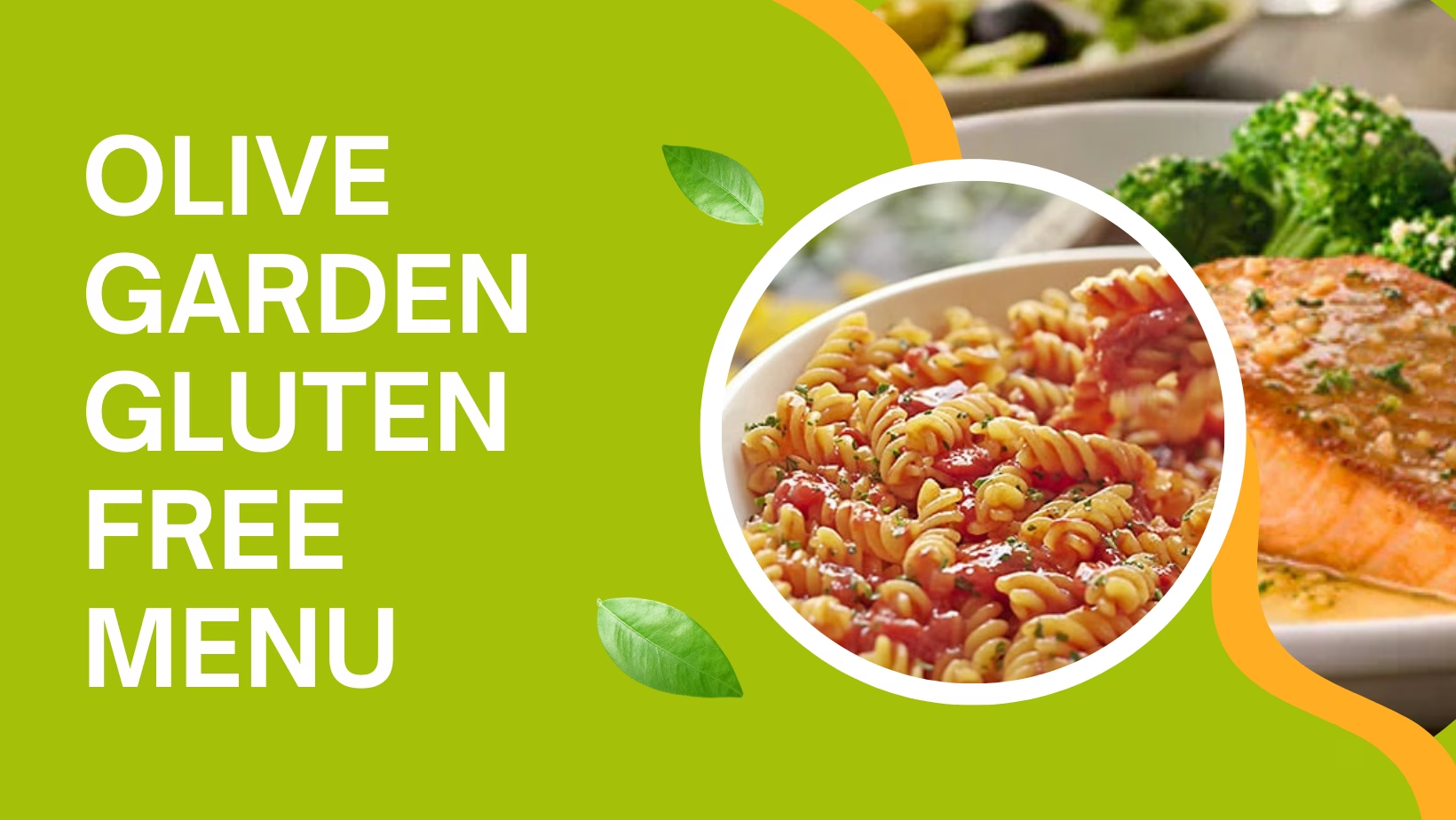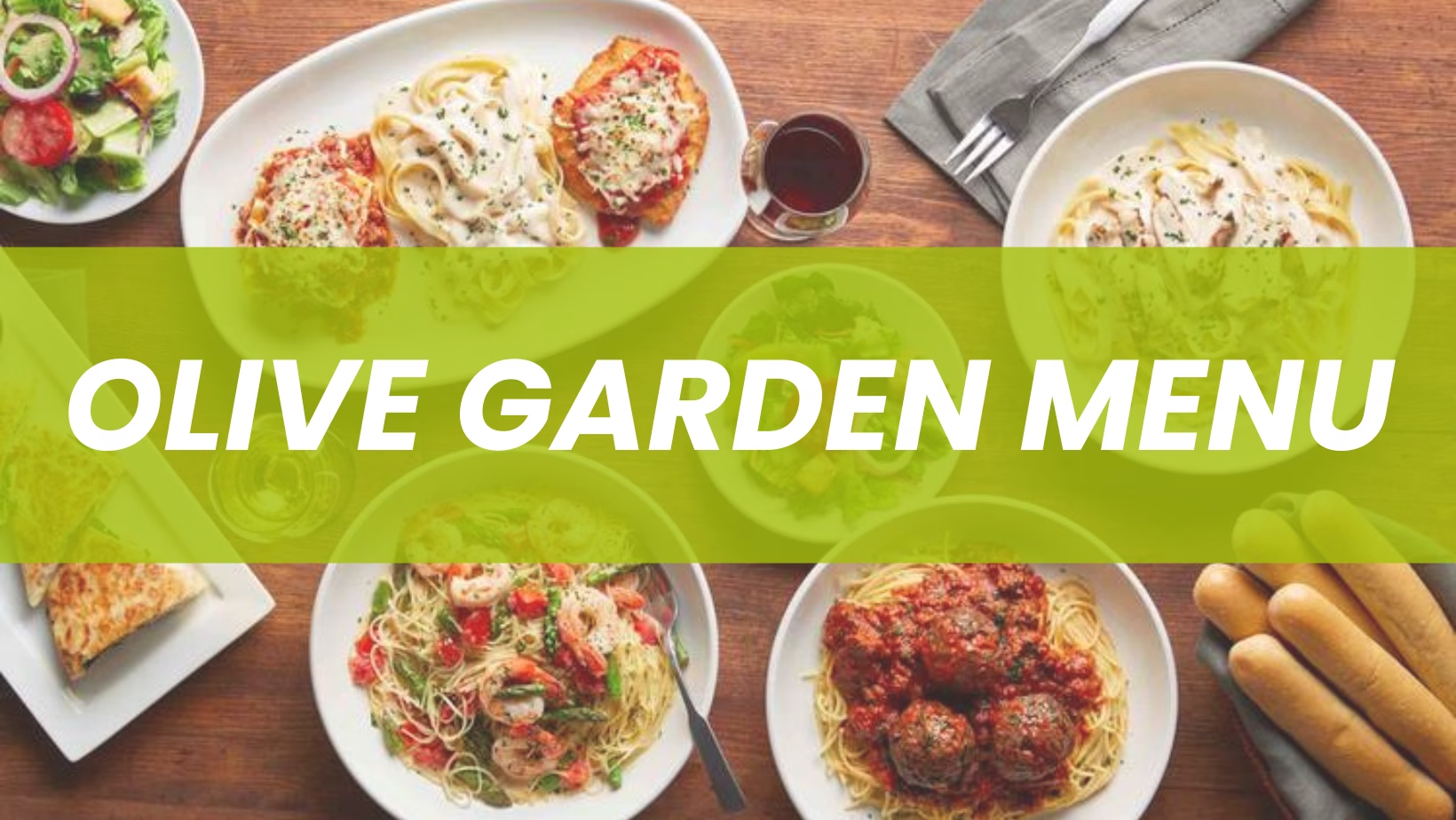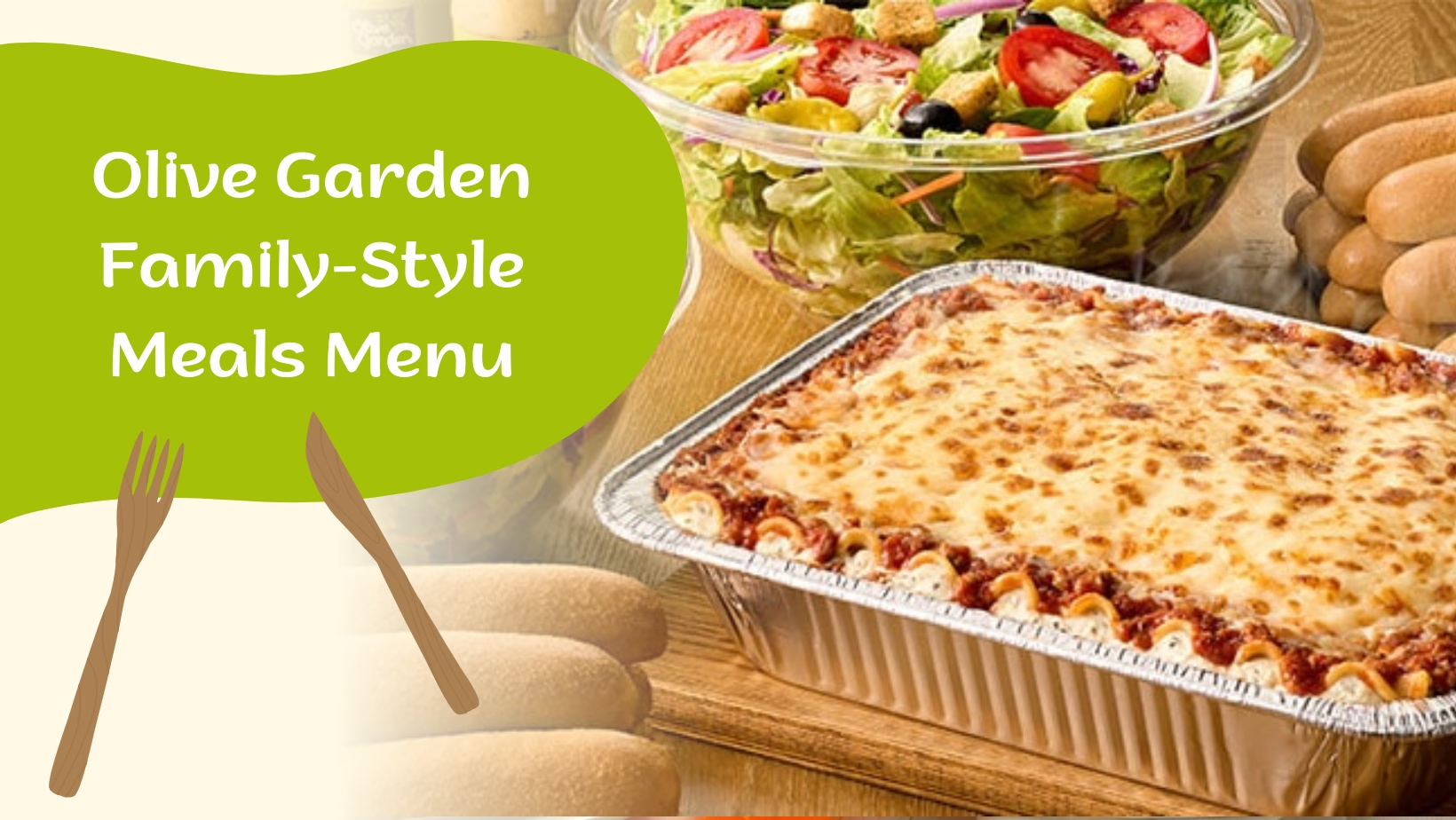Dining out while keeping gluten at bay can be a challenge. If you’re following a gluten-free lifestyle—whether due to celiac disease, gluten sensitivity, or personal preference—you might have wondered: “What exactly can I order at Olive Garden?” This detailed guide is designed to answer that question and more. We will explore the menu options, discuss what “gluten sensitive” means versus “gluten free,” review the restaurant’s policies, and offer practical tips on how to enjoy your meal safely.
Understanding Gluten Sensitivity and Dining Out
Before diving into the specifics of Olive Garden, it is important to have a clear understanding of gluten sensitivity and the challenges of eating out when you avoid gluten:
- Gluten Sensitivity vs. Celiac Disease:
Many restaurants, including Olive Garden, use the term “gluten sensitive” rather than “gluten free” on their menus. This terminology is used because while menu items are prepared with gluten-free ingredients, they are made in kitchens where cross-contact is possible. People with celiac disease need food that meets strict standards (less than 20 parts per million of gluten), while those with non-celiac gluten sensitivity may be able to tolerate trace amounts. - The Dining Out Dilemma:
Unlike packaged foods that go through rigorous lab testing, restaurant preparations involve shared cooking spaces and utensils. Even when restaurants list gluten-free options, cross-contact with gluten-containing ingredients can occur during food preparation. As such, diners must weigh the risks and sometimes adopt additional precautions.
For many, the desire for a “safe” meal means not only checking the menu but also questioning how the restaurant prepares its dishes. When you see terminology like “gluten sensitive” on a menu, it’s a signal that while options are available, complete gluten isolation might not be guaranteed. This post will discuss these factors in detail as they apply to Olive Garden.
What is the Olive Garden Gluten Free Menu?
Olive Garden recognizes the needs of guests who avoid gluten and offers several options under its “Gluten Sensitive” menu. It’s important to note that Olive Garden does not label these items as “gluten free” because they are prepared in kitchens that handle gluten-containing ingredients. Instead, the restaurant uses the term “gluten sensitive” to indicate that these items are made without gluten-containing ingredients, although cross-contact can occur.
The official Olive Garden website states:
“Our menu items are freshly prepared in our kitchens, which are not free of gluten. Cross-contact with other food items that contain gluten is possible. … the menu items we call ‘gluten sensitive’ are our menu items that are made without gluten-containing ingredients. We do not claim these items are ‘gluten free’ because we have not chemically analyzed them to confirm if they meet the FDA’s definition of ‘gluten free.’”
This guide will focus on items listed on the gluten-sensitive section of the Olive Garden menu and include both entrees and accompanying options, as well as explaining what additional precautions may be advisable.
Detailed Breakdown of Olive Garden Gluten Sensitive Menu Items
1. Gluten Sensitive Salads
- Famous House Salad (Without Croutons):
The Olive Garden is known for its generous house salad, topped with a variety of fresh ingredients and served with their signature Italian dressing. To enjoy a gluten-sensitive version, simply order the Famous House Salad without croutons.
Why it works: Croutons are typically made from wheat-based bread. Removing them minimizes gluten risk while still giving you a hearty salad base.
2. Gluten Sensitive Soups
- Zuppa Toscana:
This rich, creamy soup with potatoes, Italian sausage, and kale is a popular option. It is listed as gluten sensitive on their menu, but be aware that it is prepared in the same kitchen that handles other items.
Pro Tip: When ordering, you may ask the server to ensure extra care in handling to help avoid cross-contact—although no restaurant can guarantee complete exclusion.
3. Gluten Sensitive Entrees
- Gluten-Free Rotini Pasta Options:
Olive Garden’s gluten-sensitive pasta is their gluten-free rotini. Made primarily from brown rice flour, this pasta is prepared and stored separately from other types of pasta.- Rotini Pasta with Marinara Sauce:
A safe option for those avoiding gluten is the rotini tossed with their house-made marinara sauce. - Rotini Pasta with Meat Sauce:
If you’re a meat lover, the rotini with meat sauce—sometimes available with Italian sausage, grilled chicken, or even shrimp—offers a satisfying twist on classic Italian pasta dishes.
- Rotini Pasta with Marinara Sauce:
- Grilled Chicken Parmigiana:
Often available as part of the gluten sensitive options, this dish substitutes traditionally breaded chicken parmesan with grilled chicken. Removing fried items reduces cross-contact risks associated with common fryers used for gluten-containing items.
Note: Even though the meat itself is gluten free, ensure that any sauces or accompaniments are safe for you. - Herb-Grilled Salmon:
For seafood lovers, the herb-grilled salmon is a solid option on the gluten-sensitive menu. It is prepared without breadcrumbs and served with a side of vegetables. - 6 oz Sirloin:
If you are in the mood for a steak, the 6 oz sirloin is another dish available under the gluten sensitive category. Steak itself is naturally gluten free, but any marinades or sauces might contain wheat, so caution is advised. - Tuscan Sirloin:
Some menus list variations such as Tuscan Sirloin. Verify with your server if the preparation meets your gluten avoidance criteria.
4. Kids’ Menu Options
Olive Garden extends its gluten-sensitive options to its kids’ menu as well:
- Kids’ Rotini with Marinara or Meat Sauce:
Mini versions of the adult gluten-sensitive pasta offerings. - Grilled Chicken (Kids’ Option):
When planning a family meal, the kids’ menu provides options that can be modified for gluten sensitivity by ensuring sauces and breading (if present) are omitted.
Olive Garden Gluten-Sensitive Menu with Prices
Quick View (no Pictures)
| Menu Items | Prices | Calories |
|---|---|---|
| Zuppa Toscana | $8.79 | 220 cal |
| Famous House Salad without croutons | $8.99 | 110 cal |
| Grilled Chicken Parmigiana | $20.79 | 810 cal |
| Herb-Grilled Salmon | $21.99 | 610 cal |
| 6 oz Sirloin | $20.79 | 480 cal |
| Rotini Pasta with Marinara | $12.99 | 530 cal |
| Rotini Pasta with Meat Sauce | $12.99 | 680 cal |
| Grilled Chicken with Rotini Pasta & Marinara (Kids) | $9.28 | 430 cal |
| Rotini with Marinara (Kids) | $6.99 | 260 cal |
| Rotini with Meat Sauce (Kids) | $6.99 | 340 cal |
Menu with Prices and Pictures

Zuppa Toscana
$8.79 | 220 cal
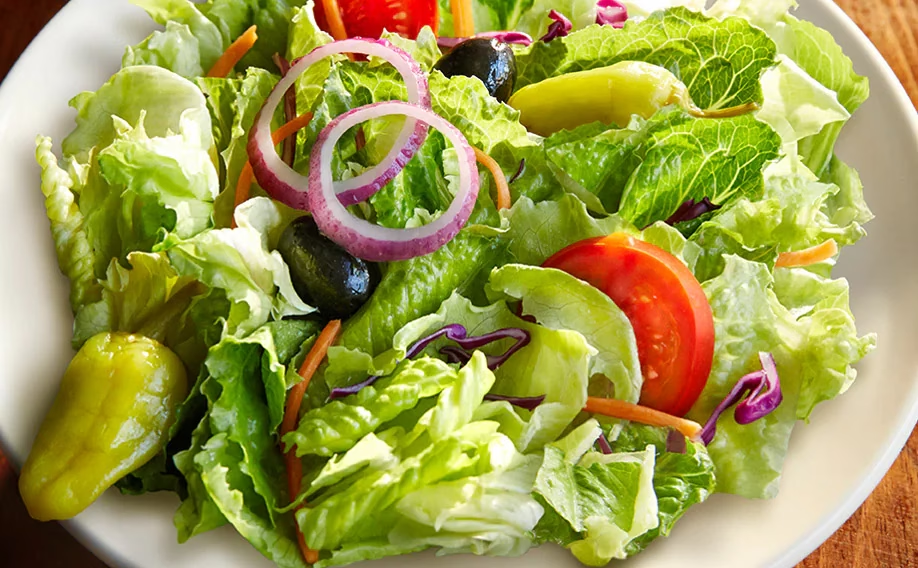
Famous House Salad without croutons
$8.99 | 110 cal
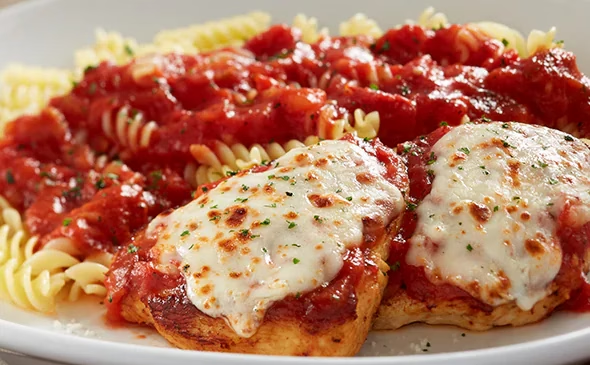
Grilled Chicken Parmigiana
$20.79 | 810 cal

Herb-Grilled Salmon
$21.99 | 610 cal

6 oz Sirloin
$20.79 | 480 cal
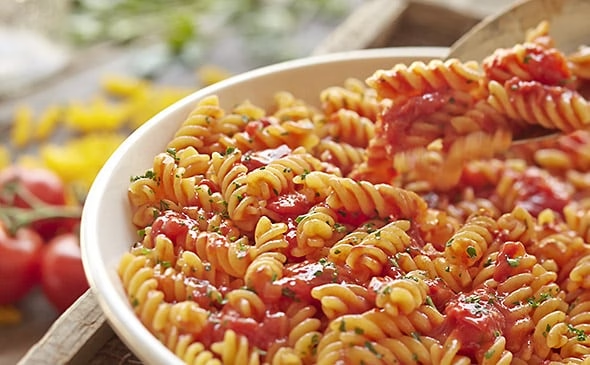
Rotini Pasta with Marinara
$12.99 | 530 cal
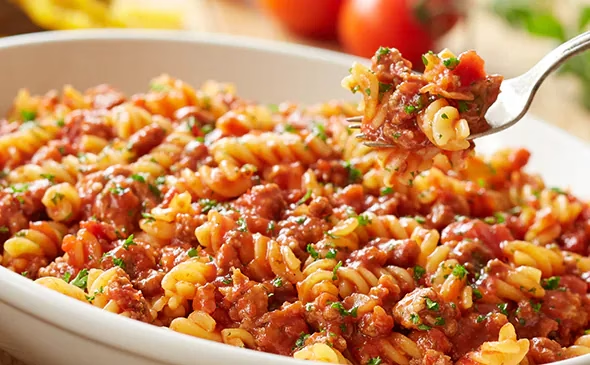
Rotini Pasta with Meat Sauce
$12.99 | 680 cal
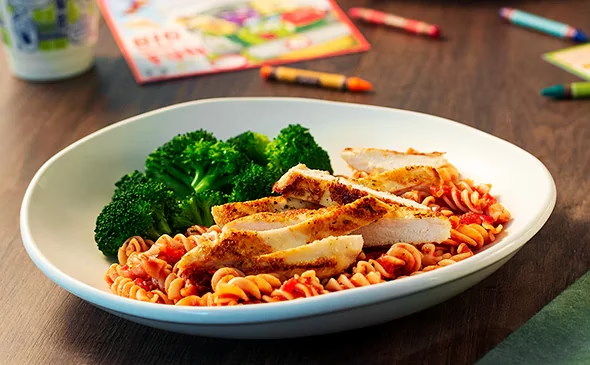
Grilled Chicken with Rotini Pasta & Marinara (Kids)
$9.28 | 430 cal
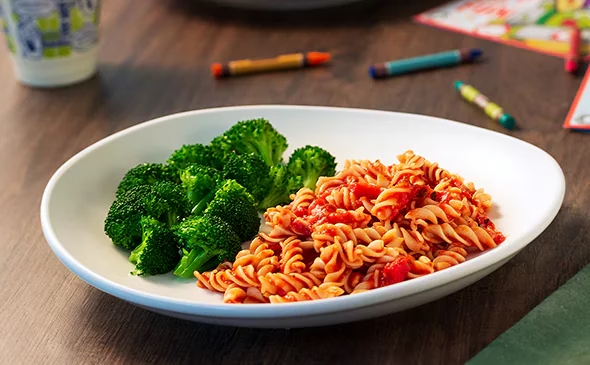
Rotini with Marinara (Kids)
$6.99 | 260 cal
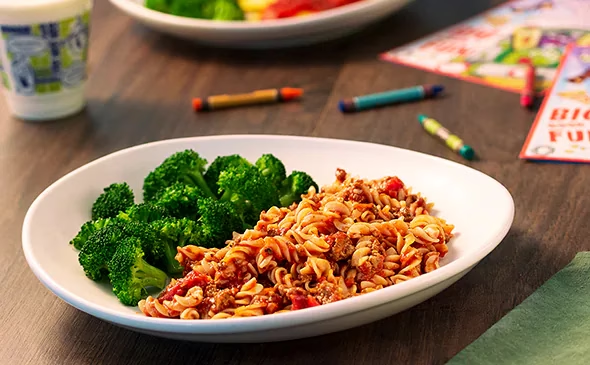
Rotini with Meat Sauce (Kids)
$6.99 | 340 cal
How Does Olive Garden Handle Gluten?
Kitchen Practices and Cross-Contamination Concerns
Olive Garden takes several steps in an attempt to manage gluten-free options safely:
- Separate Storage and Preparation for Gluten-Free Pasta:
The gluten-free rotini pasta is cooked in a separate pot from regular pasta and held separately until ordered. Once prepared for serving, it is quickly transferred to a sauté pan to reduce cross-contact. - Gluten Sensitive Terminology:
The restaurant distinguishes between “gluten sensitive” and “gluten free” because, although they do have procedures in place, the kitchens are not entirely free from gluten contamination. - Training and Protocols:
According to Olive Garden’s allergen information, when a guest informs the server of a gluten allergy or sensitivity, the order is noted. Kitchen staff are then instructed to change gloves and use dedicated utensils as much as possible. - Limitations:
Despite these measures, some items—especially those handled on shared equipment or cooked in non-dedicated fryers—present an inherent cross-contact risk. For example, fried foods are a clear example where olive garden explicitly warns that no separate fryers are used for gluten-sensitive items.
The Official Allergen Guide
Olive Garden has published an allergen guide that provides detailed information on which menu items contain the common allergens, including gluten. While this document is useful for reference, it cautions diners that even with precautions, the risk of cross-contamination cannot be completely ruled out in a shared kitchen environment.
For instance, many of their sauces, dressings, and additional ingredients are prepared with shared utensils—even if the primary dish is gluten sensitive. Therefore, it is recommended that diners with severe gluten intolerance or celiac disease contact the restaurant ahead of time or ask to speak with a manager to address their concerns personally.
Tips for a Safe Gluten-Free Dining Experience at Olive Garden
If you are planning a visit to Olive Garden and want to minimize gluten exposure, here are several practical tips:
1. Do Your Research:
Before heading out, review the latest Olive Garden menu to familiarize yourself with the available items and any changes in procedures.
2. Call Ahead:
Contact your local Olive Garden ahead of time to ask about their procedures for gluten-sensitive orders. Ask if they use dedicated utensils or have separate cooking methods for the gluten-sensitive pasta.
3. Communicate Clearly:
Once you arrive, inform your server explicitly that you require a gluten-sensitive (or gluten-free, if your condition is severe) preparation. Remind them that you have a serious dietary restriction and ask them to confirm your order details back to you.
4. Ask About Cross-Contact:
Inquire specifically about how they manage sauces, dressings, and the handling of utensils. Although Olive Garden takes steps such as glove changes and separate preparation for gluten-free pasta, do not hesitate to ask for further reassurances if needed.
5. Consider Timing:
Ordering at less busy times might reduce the risk of miscommunication and hurried mistakes by the kitchen staff. If the restaurant is overwhelmed, cross-contact risks may increase.
6. Supplement Cautiously:
Some diners choose to bring or use over-the-counter gluten-digesting enzymes as a precaution. While these are not a perfect safeguard, they may help in breaking down trace gluten if you feel particularly anxious. However, remember that enzyme supplements do not replace the need for safe food preparation.
7. Keep a Symptom Diary:
If you do experience symptoms after dining out, keep a record. This can help you in discussions with healthcare providers and may also be useful if you need to file a report with the restaurant or regulatory body.
9. Be Prepared with a Backup Plan:
If you’re dining with friends and feel unsure about your food, have a small snack or gluten-free alternative in your bag. This ensures that you’re not left hungry if the meal doesn’t agree with you.
10. Check Reviews:
Review recent experiences on forums like Reddit, Celiac.com, or specialized gluten-free blogs. As noted in personal accounts online, experiences can vary by location and over time.
Following these tips can help reduce your anxiety about eating out and potentially improve your overall dining experience.
Frequently Asked Questions (FAQ)
What does “gluten sensitive” mean at Olive Garden?
“Gluten sensitive” on the Olive Garden menu means that the menu items are prepared without gluten-containing ingredients. However, because these dishes are prepared in a shared kitchen, they may not meet the strict FDA standard for being “gluten free.”
How does Olive Garden handle cross-contamination?
Olive Garden takes several precautionary measures such as cooking gluten-free rotini in a separate pot and changing gloves and utensils when preparing gluten-sensitive dishes. However, because the kitchens are not entirely gluten-free, there is still a risk of cross-contact.
Can I modify other menu items to be gluten free?
In many cases, you can ask your server if a dish can be modified—for example, swapping regular pasta for gluten-free rotini. Always confirm with your server about the potential risk of cross-contamination in the dish’s preparation.
What should I do if I have a severe gluten allergy or celiac disease?
If you have a severe condition, consider calling the restaurant ahead, explicitly informing your server of your condition, and asking detailed questions about how your meal will be prepared.
